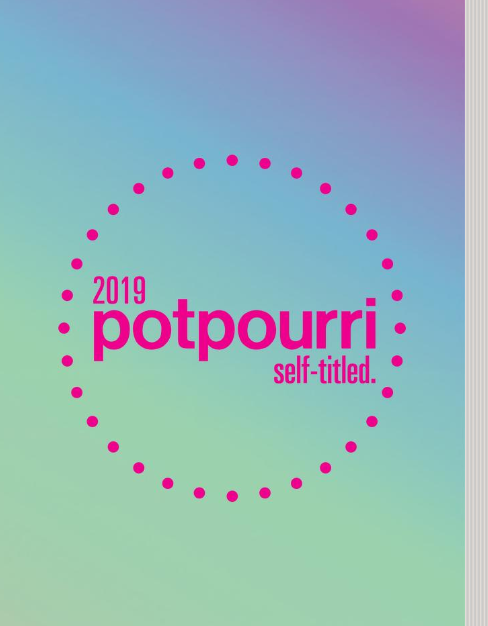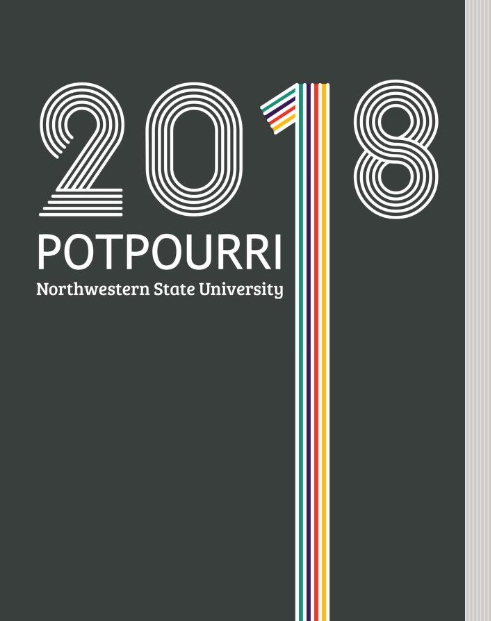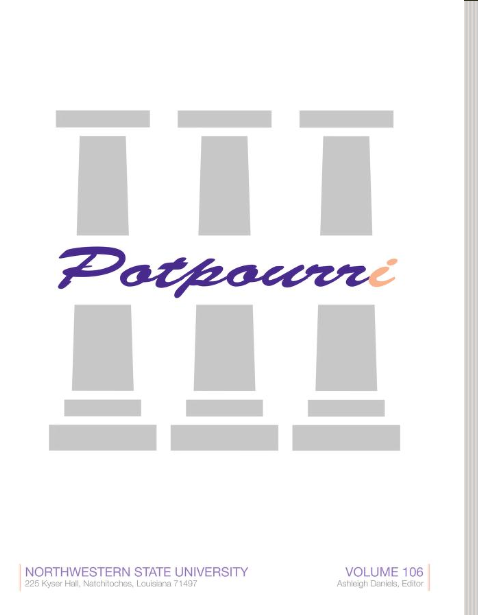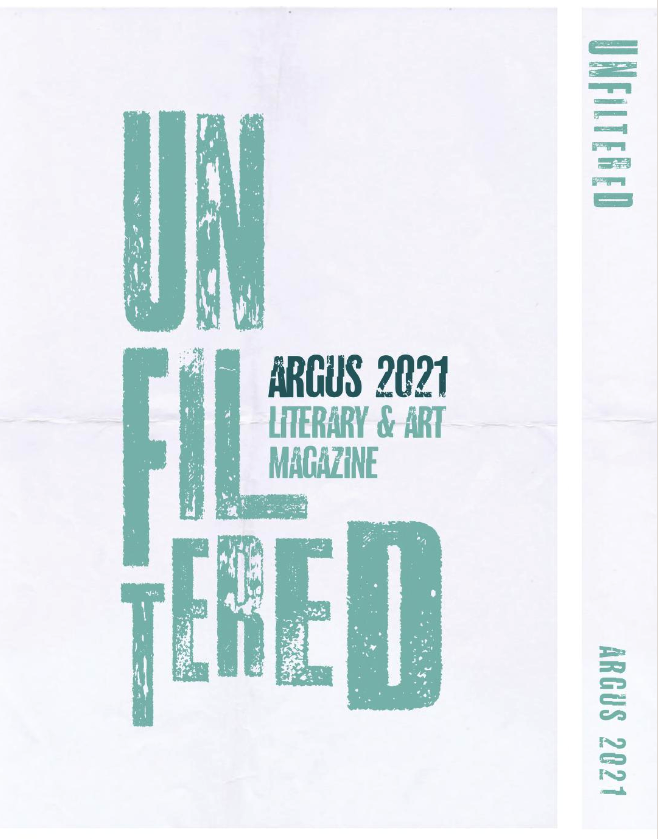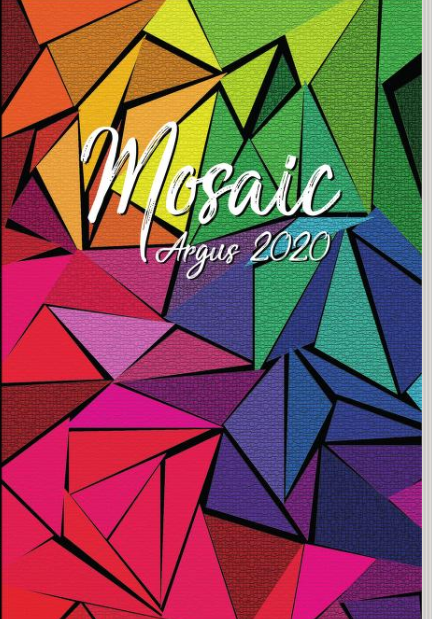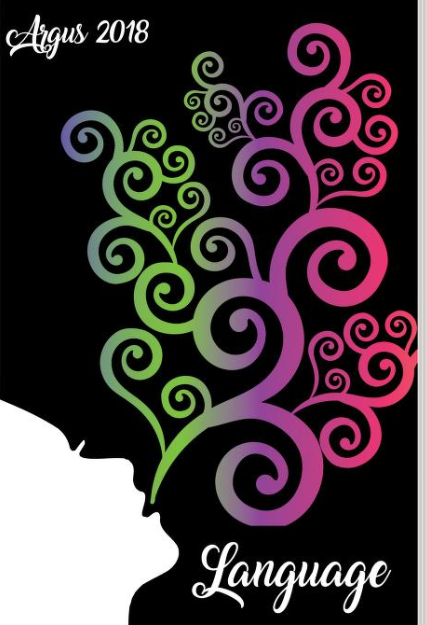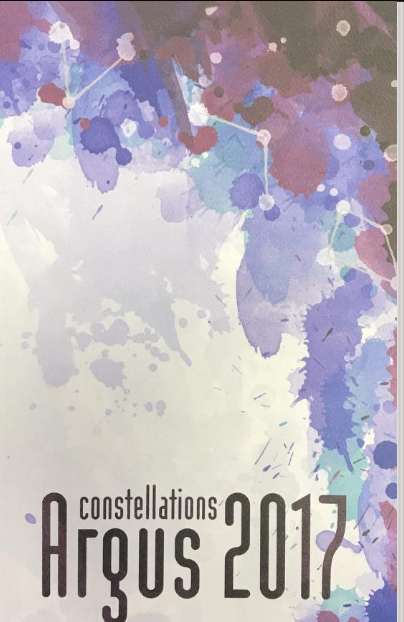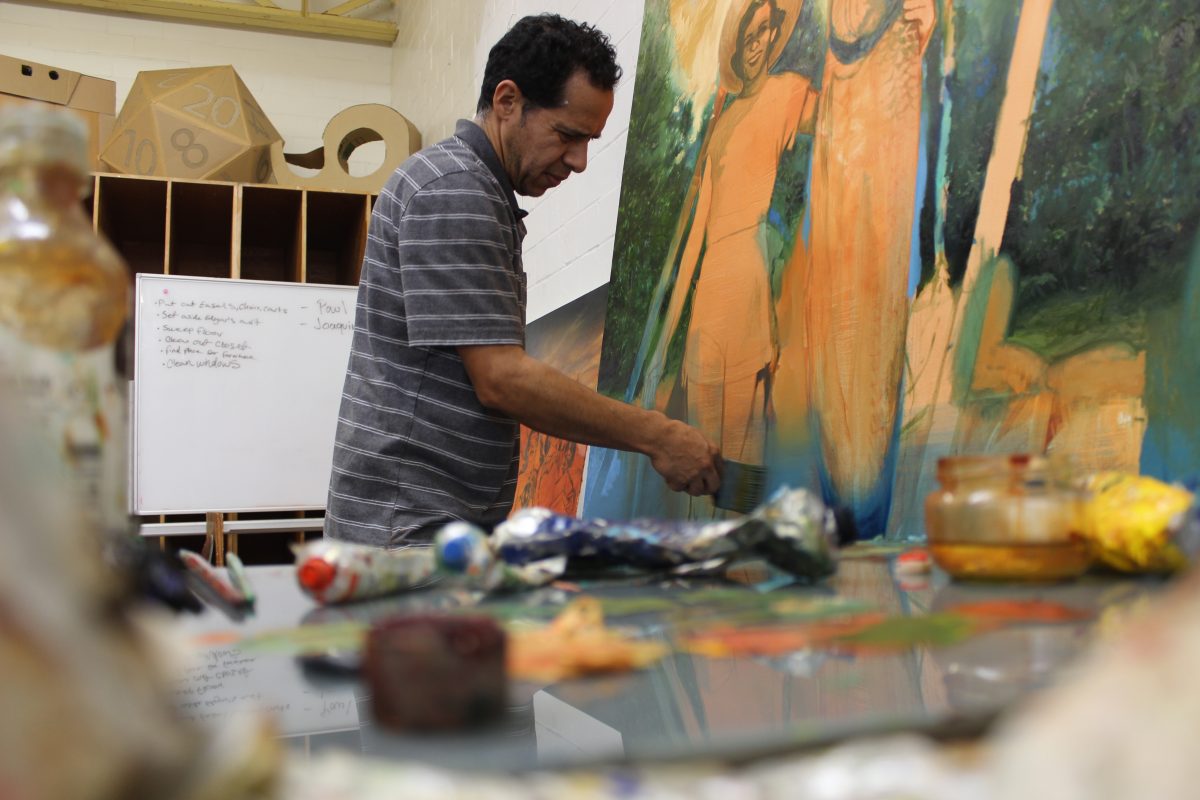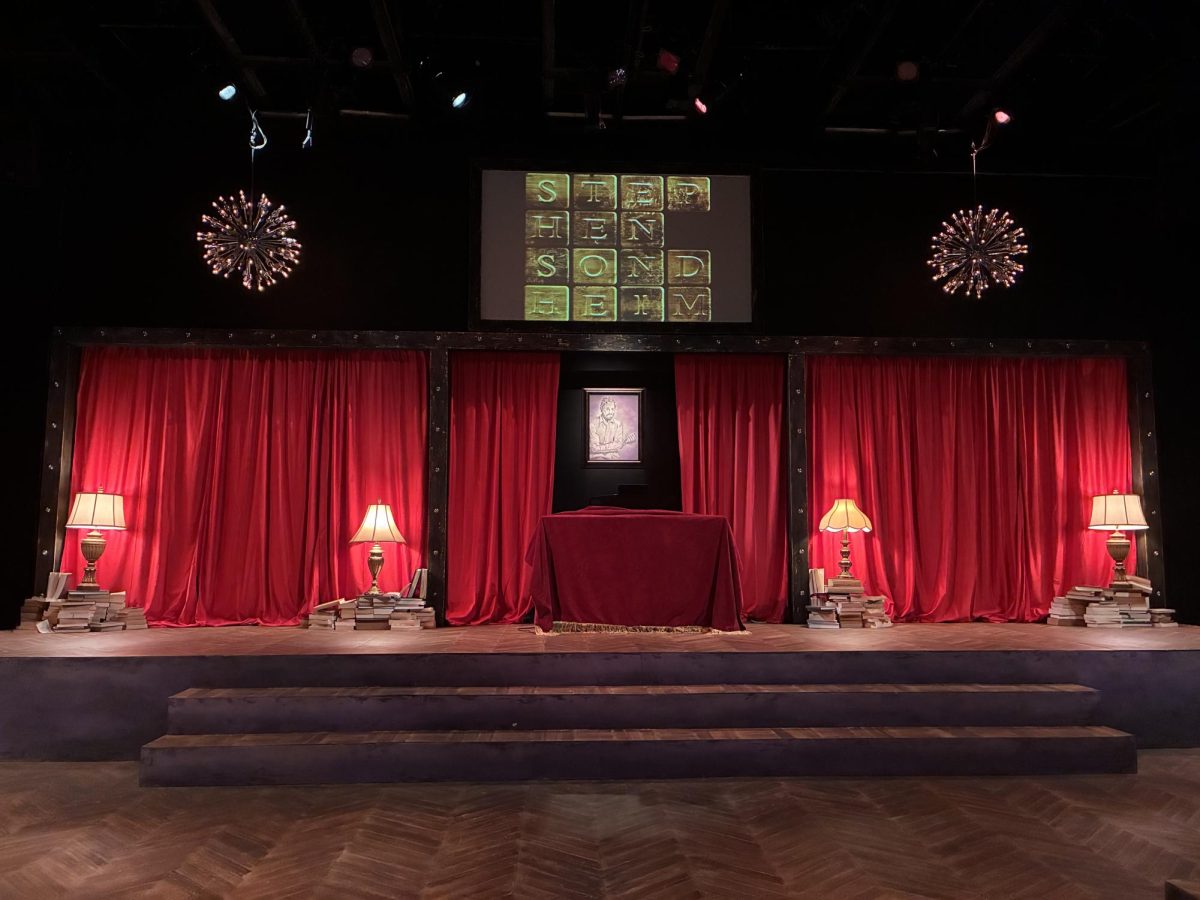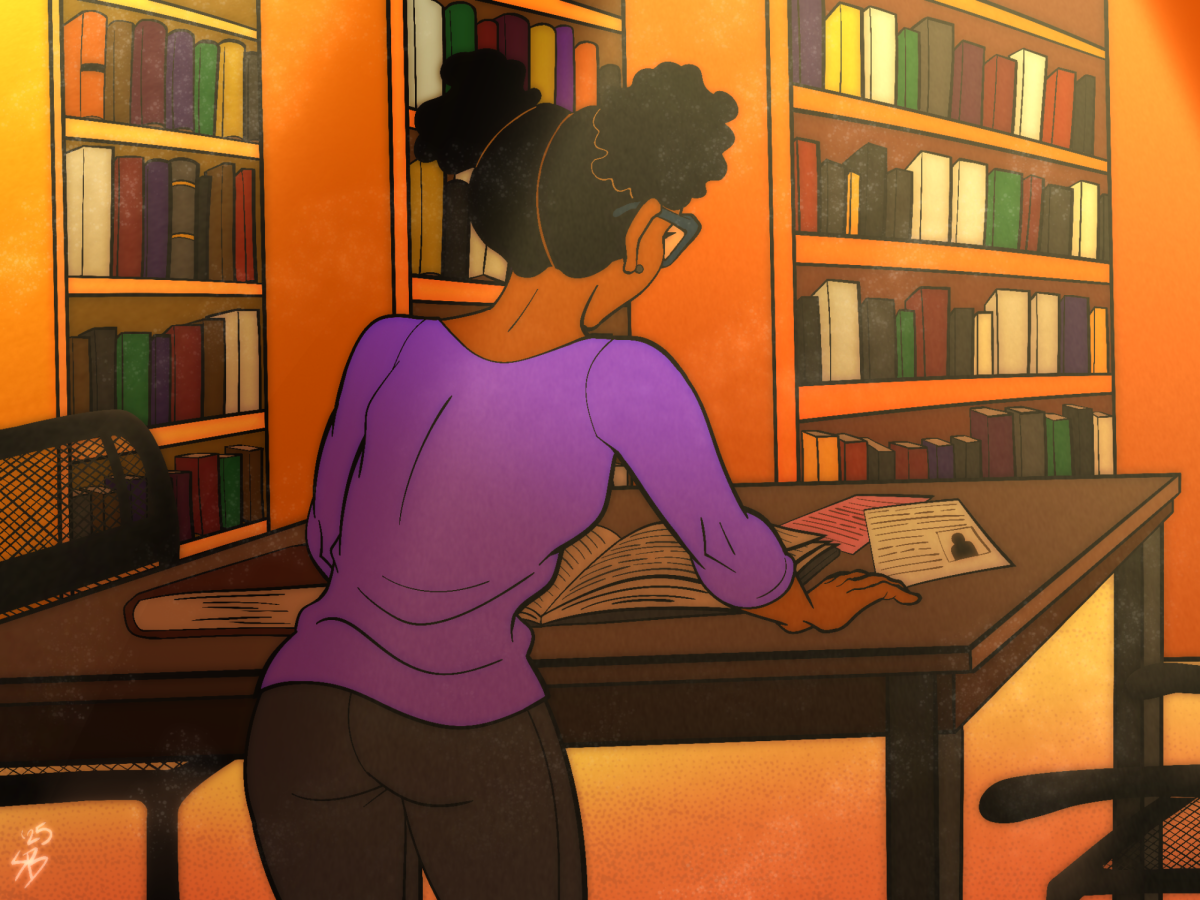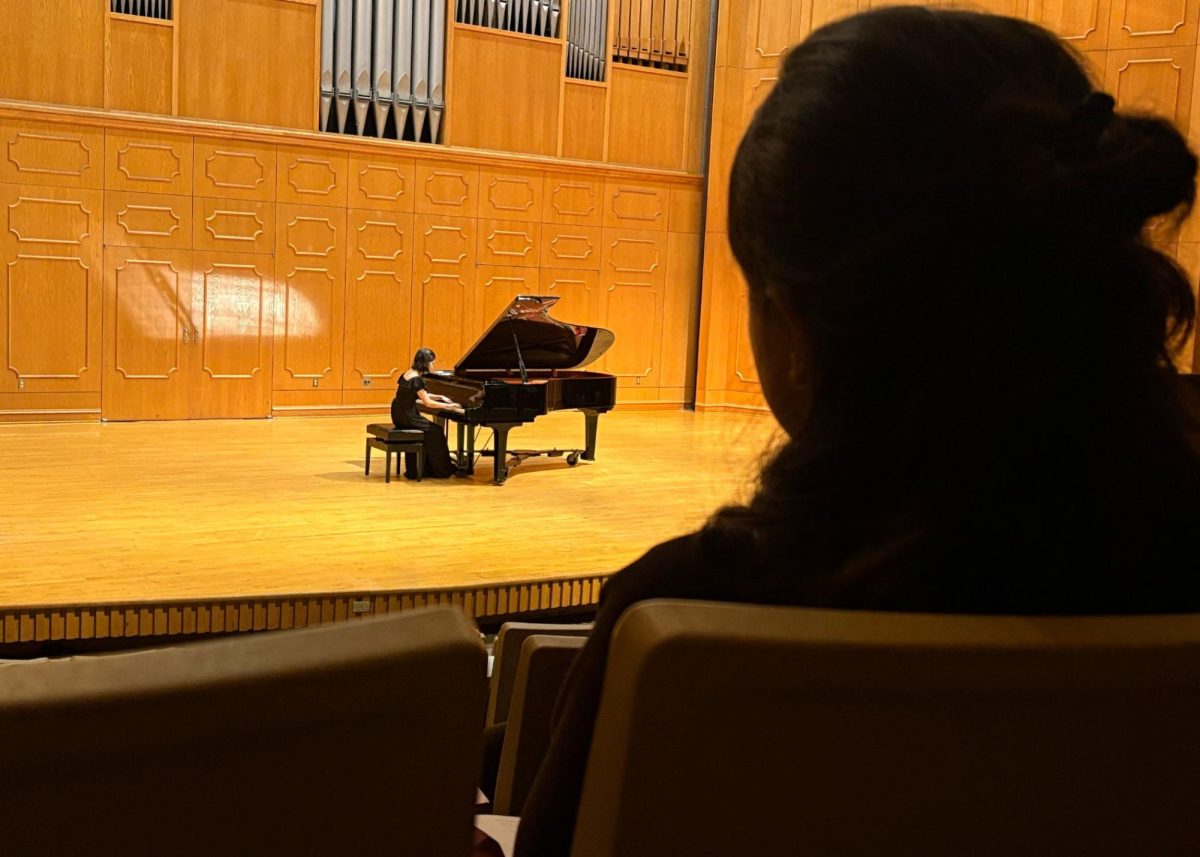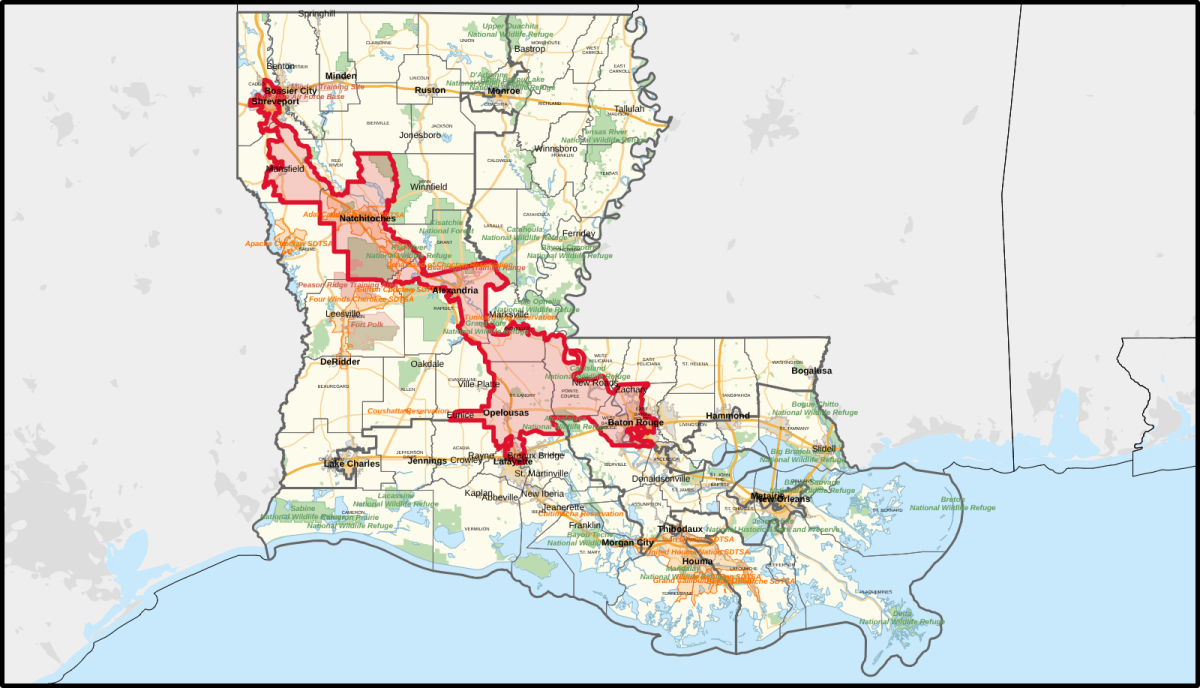The vivid image captivates the eye instantly, it’s almost hard to miss. The vibrant colors fill the linen canvas. The captivating look on the person, the children, the snake, it’s impossible not to see.
The painting is neatly propped against the wall of Northwestern State University of Louisiana’s print shop studio, and next to the “Parade” is the artist.
“Parade” or “Carnaval” is a 102 inches by 81 inches oil painting. It was painted by artist Edgar Cano earlier this year. Cano is an assistant professor in the Department of Fine and Graphic Arts at NSU.
On this painting there are depictions of a parade float, on top of the float, there is a performer with a bright blue eyeshadow and costume wear. Holding on to what looks like a barrier sustaining the flower arch of the float. The rest of the float is full of hay and children lying on top of it in a more relaxed manner and wear.
“These floats attract attention, they are meant to attract attention, it is demanded that they attract attention,” Cano said.
Cano admitted that this is one of his favorite paintings currently. “Parade,” can be interpreted in many ways according to the person. “What I try to do with my paintings is give you an image full of vibrant colors, full of different emotions, but in reality, the theme or reasoning of the painting can be something very different,” he said.
This is the case for “Carnaval,” being a performer on these floats is an art in itself, Cano admits.
“These performances are meant to entertain others, they have to captivate the audience’s attention but what we have to keep in mind as well is that apart from the show these are real people,” Cano explained. “People that have a life that we know nothing about, we don’t really know if they enjoy giving the spectacle, we know that we enjoy watching them.”
“Parade,” is about how what someone might see from the outside may be different from what is within. People can paint a different picture from what they are really feeling, they can in some way put on an act but we don’t know what they are feeling or going through.
Although this is the general picture Cano wants to convey. He admits that the inspiration behind this painting was his friend, the Mexican artist and performer Lukas Avendano.
“This is a tragic story, a few years ago he lost his brother and he assigned himself the duty to find him,” Cano said.
The hay on the float and what looks like the barrier he is holding metaphorically symbolize that Avendano was using the barrier as a tool to look through the hay in hopes of finding his brother while performing and doing his act. Also explaining the stern and deep look on his face.
Unfortunately, Avendano was faced with finding the remains of his lifeless brother a few years later.
Although this is a tragic story behind this painting, Cano said that the painting also shows a little bit of what his childhood was like in Veracruz, Mexico.
“Cano comes from an enchanted land, a place where green is abundant and magic isn’t mentioned, a place where every brushstroke transforms into mystery or destination. I can’t quite remember the rest,” said Cano remembering the words that his dear friend Leonardo, a Mexican poet, would use to describe where Cano was from.
“Parade,” shows a lot of this enchanted land while also using a lot of shades of green. Cano’s homeland has been an inspiration to him in many of his other works.
“I really enjoyed my childhood even through my parents’ limitations.” The kids on top of the hay symbolize his childhood and how he would spend hours outside playing.
“Carnaval,” or “Parade” forms part of his “Swallow Me Earth” collection. This collection has been in the works since 2021-2024. This collection is also supported by the Mexican government.
Cano has earned awards and exhibitions internationally and nationally over the last two decades. His work has also been exhibited in solo and group exhibitions along with participation and winning multiple awards and exhibitions.
You can find and purchase Cano’s work at Edgar Cano Studio.












